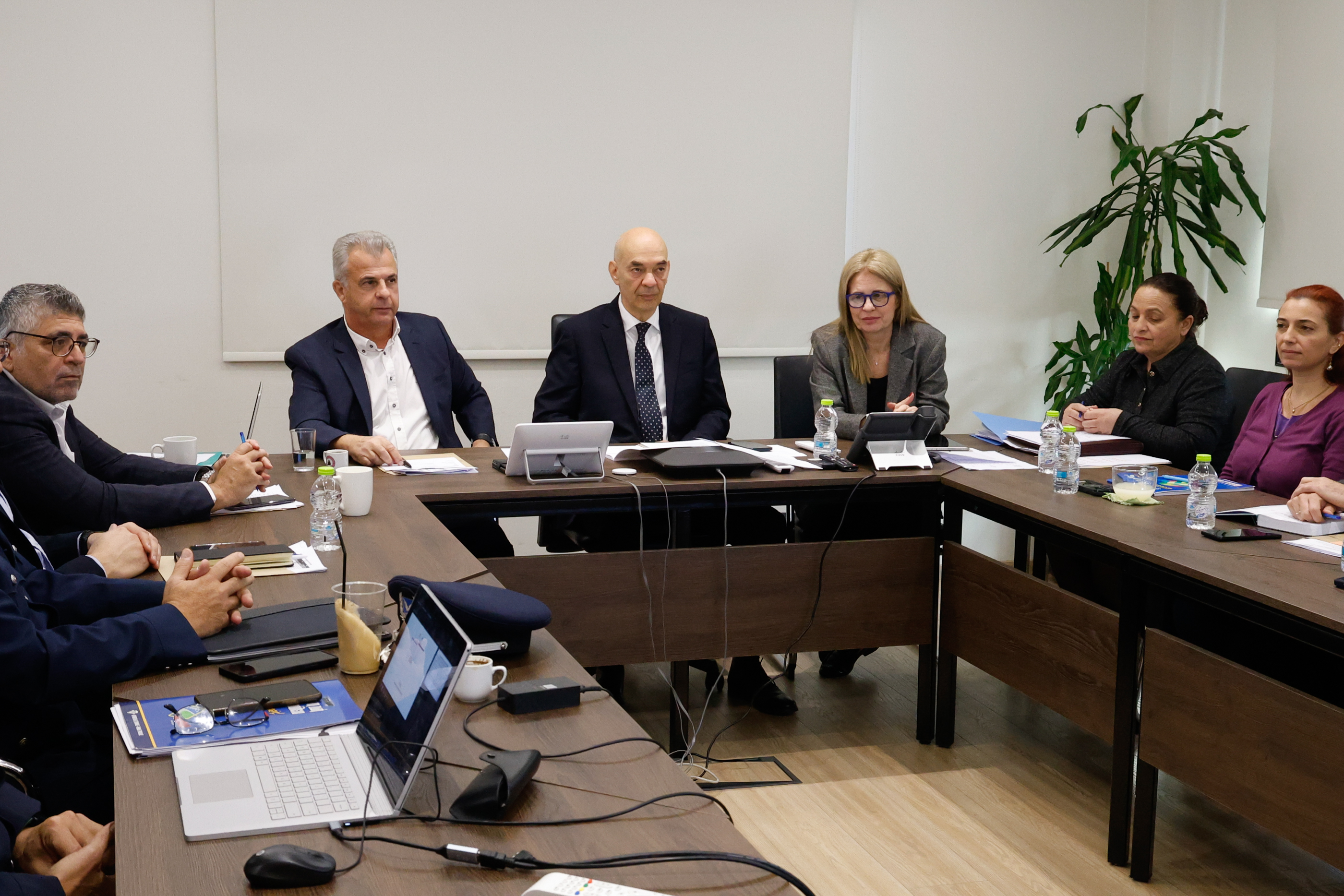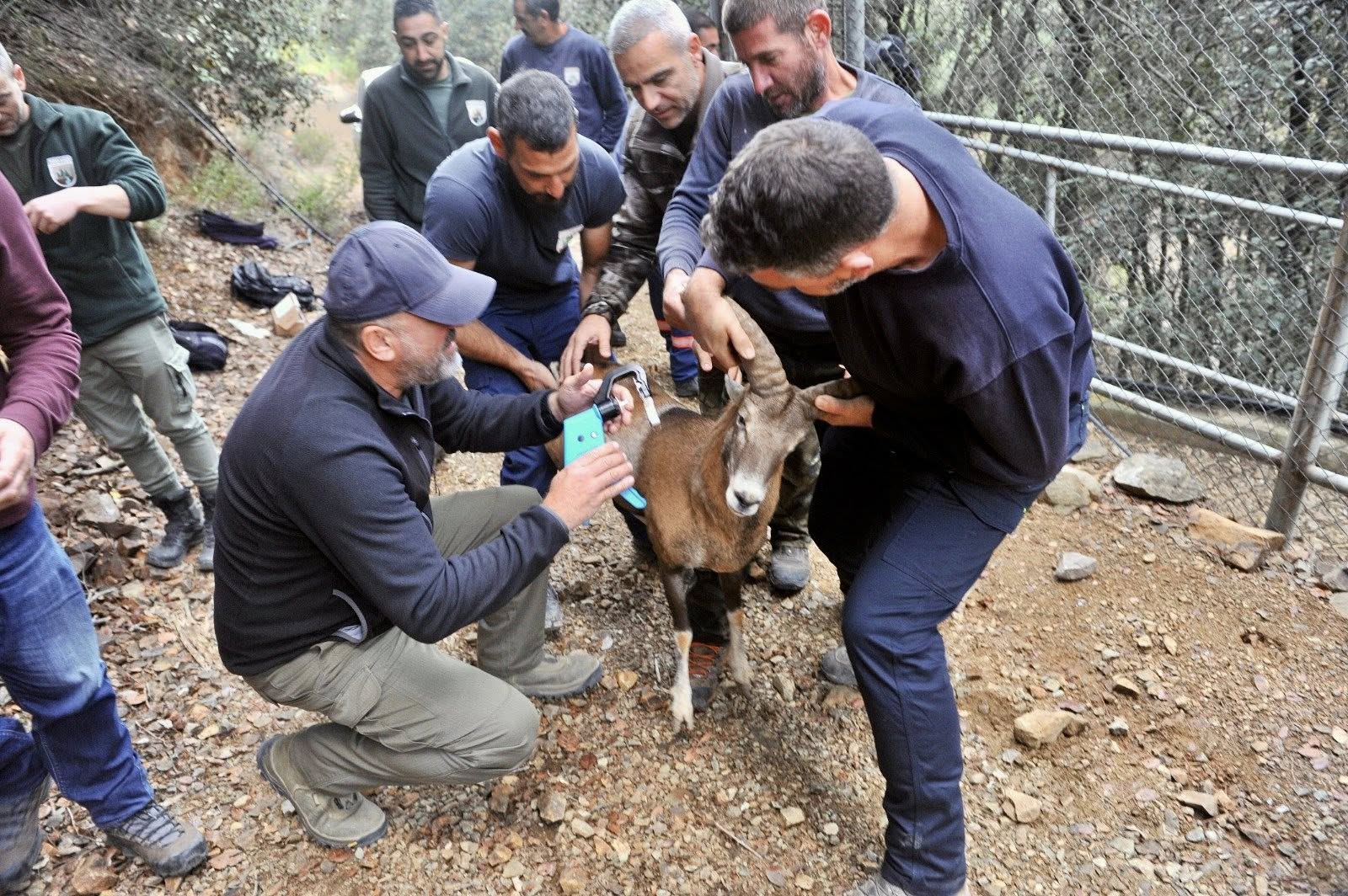Retired chief executive Mark Lamberti and Professor Charlene Lew’s recent study unveils the relationship that CEOs have with legacy post-retirement.
Dedicating their lives to their companies, most chief executives look to their legacy as the end goal of their leadership. Imparting them with a sense of purpose and fulfillment throughout their challenging careers, these legacies often shape an executive’s identity and professional persona, leading to internal conflict when it becomes time to pass the torch.
As a retired CEO with a 40-plus-year career in leadership, Mark Lamberti has long witnessed some colleagues struggling to balance their corporate legacy and personal identity when leaving their positions, often falling into a void of negative thoughts and unhealthy patterns.
Having investigated this void as part of his doctoral research with the Gordon Institute of Business Science, University of Pretoria, Lamberti worked with co-author professor Charlene Lew to recently publish an enlightening study in the journal Personnel Review. Based on interviews with 17 retired CEOs from public South African companies, the study finds that an executives’ need for a sustained legacy and continued societal contributions post-retirement required a restructuring of their identities.
This restructuring, which occurred in distinct and predictable stages, challenged CEOs’ views of their work and professional achievements as an extension of themselves.
“Our findings show that CEOs experience a profound void upon retirement that goes beyond the loss of position — it challenges their fundamental sense of self,” said Mark Lamberti to Higher Ed Drive. “The transition demands a complete reformation of identity, involving complex psychological and social processes that haven’t been fully understood until now.”
Legacy preparations and retirement preparedness:
Beginning the study with a look at how executives prepared for retirement, Lamberti and Lew found that many CEOs were operating with their legacies front of mind, focusing largely on expanding their executive impacts beyond their tenure, rather than preparing and planning for retirement.
While they felt the need to share their expertise and continue to work towards a greater good, most chief executives were unsure of how to approach retirement, as a non executive, consultant, mentor, philanthropist or assisting the South African public sector.
“Society, my friends, my colleagues would expect me to give back,” said one former CEO.
“[Contributing to politics] would have been my natural space because no one in politics understands business. And, you know, I could really have made a difference there,” another further explained.
Post-retirement perceived legacy loss:
Faced with the uncertainty and discontent for their newfound circumstances, CEOs soon experienced a destabilization of their preexisting identities, with many grieving their corporate life and former routine.
“I miss not having an office to go to, not having people or office colleagues to talk to, not having a PA, not being able to converse with people in a canteen, have food with people,” a respondent reflected.
This destabilization, referred to as a period of “liminality” by Mark Lamberti and Charlene Lew, frequently led chief executives to seek out “role identity cues”- signals from friends, family, former colleagues, and society at large on how to move forward.
As a former executive explains, “I’ve got an extensive network of people . . . What I did was reach out to a couple of people that I have really, really trusted and said, “Okay, now I need your advice just thinking things through.”
While the advice received didn’t always line up with a CEO’s own post-retirement goals and desires, it often planted the seeds of a new identity and confronted them with their skewed relationship to their past careers.
“Whilst I still have energy, I should try and build the next chapter of my life. Initially less lucrative, but highly rewarding intellectually and emotionally and socially and otherwise,” one said of their next steps.
“I don’t want anyone to look at me with, like, pity that I’ve lost my self-worth and that I can’t be the same great person disconnected from work,” another explained of the struggles with reputational loss and personal and professional anonymity.
Reshaping legacy with a reimagined identity:
Taking stock of their guidance, self-observations, and critical resources, CEOs soon started the process of enacting newfound identities. Occurring in an emergence cluster of cognition, behavior, and explanation, Mark Lamberti and Charlene Lew found this process to begin with a period of “sensemaking”, where executives sought to bridge the familiar, professional aspects of their lives with their new realities of retirement.
As one former executive described, “What I’m trying to work out now is some of my personal passions, which I had which were not related directly to work. Can I make a contribution to people who might benefit from a degree of Commerciality?”
Again, looking to further their corporate legacies, many former executives set about constructing identity narratives that highlighted the importance of their new roles. Cycling through a variety of different narratives and “provisional selves”, CEOs turned to those of similar status to evaluate and co-sign their roles before fully acting upon them.
“Quite a lot of thinking happened,” one participant explained to Lamberti and Lew. “And here the people I really spoke to were [previous chairman], he was giving me a fair amount of advice. Secondly,[industry associate]. Third was my wife and the kids. Fourthly, a former colleague of mine [name], and fifthly, the head of HR. So they were the ones kind of guiding me, advising me, and my life perspective changed.”
Examining these identity enactments, Mark Lamberti found that while many were focused on maintaining their legacies, those who found themselves the most fulfilled possessed the ability to decouple their past achievements from their current trajectories.
These individuals often held post-retirement roles that utilized their competencies and offered mental and physical stimulation, but they did so from secondary positions that didn’t compromise the earned leisures and recreation of retirement.
“Rather than your life revolve around “work really hard and then take brief moments away for
exploration”, is to have more and more exploration, but still have something that is going to keep you occupied and thoughtful and contributing, but without leaving the room with all the next steps and responsibility,” a former CEO described.
While Lamberti and Lew’s work provides a myriad of implications on how to prepare for a meaningful retirement, perhaps the most profound is the participants’ innate desire to continue their societal impact beyond their careers.
Given the struggles that many CEOs faced trying to adjust and find an avenue for contribution, this study offers a framework for aiding this transition by developing pathways- such as coordinated mentorship programs, consulting ventures, and philanthropy and political activism opportunities- that provide a direct track to continued contribution and legacy building.
DISCLAIMER – “Views Expressed Disclaimer: This article is not financial advice. Cryptocurrencies are volatile and unpredictable. Due diligence and caution are paramount. Views and opinions expressed are those of the authors and do not reflect the official position of any other author, agency, organization, employer or company, including NEO CYMED PUBLISHING LIMITED, which is the publishing company performing under the name Cyprus-Mail…more







Click here to change your cookie preferences